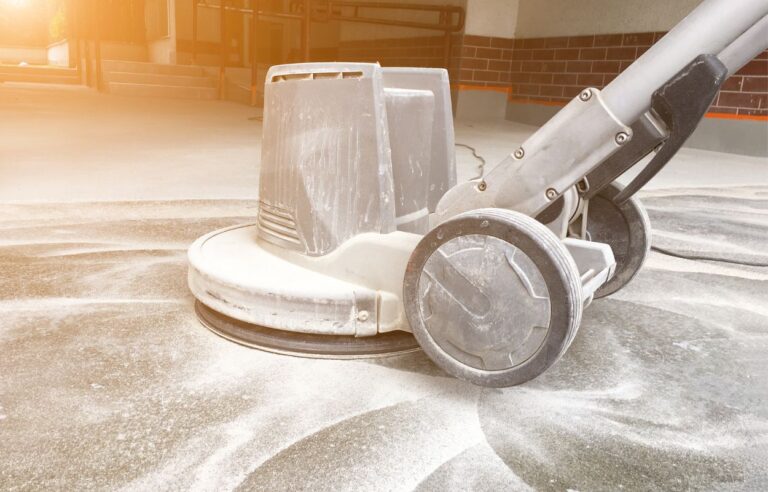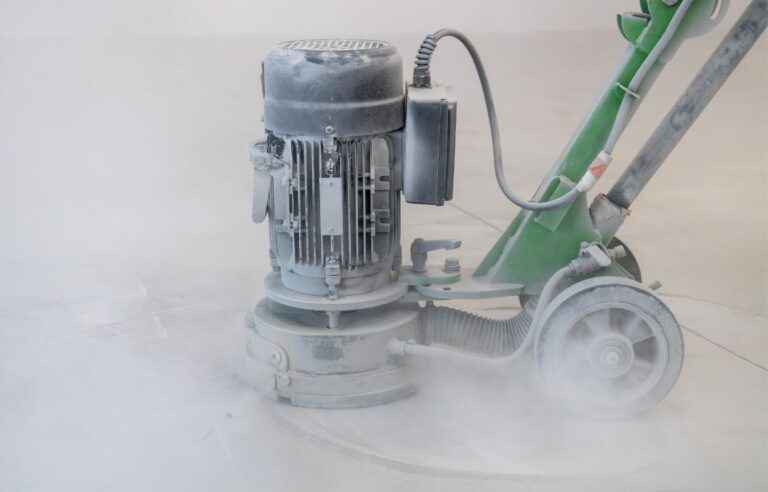Dealing with asbestos can feel intimidating. The word itself sparks worry because of the health risks associated with it. But if you’re planning a renovation or demolition, understanding the tools professionals use can make the process less scary.
One of the most crucial tools in asbestos abatement is the negative air pressure unit. Let’s break down what these units do and why they are so important in keeping both workers and the environment safe.
WHAT IS A NEGATIVE AIR PRESSURE UNIT?
A negative air pressure unit is a machine designed to control airflow in a contaminated area. It works by pulling air out of a space and filtering it before releasing it elsewhere. This prevents dangerous particles, like asbestos fibers, from escaping the work area.
Think of it as a vacuum for the air around you, but much more powerful and specialized. These units create a safe “bubble” where asbestos removal can happen without spreading fibers to other parts of the building.
HOW NEGATIVE AIR PRESSURE UNITS PROTECT WORKERS
Worker safety is the top priority during asbestos abatement. These units reduce airborne asbestos fibers, which are the main way asbestos exposure happens. Without proper ventilation, workers could inhale these fibers, leading to serious health problems over time.
Negative air pressure units help contain the fibers, keeping the air inside the containment area cleaner. Workers can then focus on removing asbestos without worrying about constant exposure.
CREATING A CONTAINMENT AREA
Before any asbestos abatement in Port Alberni begins, professionals set up a containment area. This area isolates the section of the building with asbestos. Negative air pressure units are placed inside the containment to maintain constant airflow.
Air moves from clean areas to the containment, but contaminated air cannot escape. This setup prevents fibers from spreading to safe areas. Proper containment is critical because even a tiny amount of asbestos dust outside the work zone can create big problems.
FILTERING THE AIR
Negative air pressure units are not just fans; they include high-efficiency particulate air (HEPA) filters. HEPA filters can trap extremely small asbestos fibers, ensuring that the air leaving the unit is clean.
The units often have multiple filter stages. The first stage removes larger debris, while the HEPA stage captures microscopic fibers. This layered approach maximizes protection. After filtering, the air is exhausted outside or back into the building safely, depending on regulations.
MONITORING AIR PRESSURE
Setting up a negative air pressure unit is not a “set it and forget it” task. Professionals constantly monitor the pressure difference between the containment and the surrounding areas. This ensures that airflow always moves in the right direction—from clean to contaminated areas.
Pressure gauges or monitors help workers see if the unit is working correctly. If the pressure drops or changes, adjustments can be made immediately. This careful monitoring is a key part of safe asbestos abatement in Port Alberni.
IMPROVING REMOVAL EFFICIENCY
Negative air pressure units don’t just protect workers; they make asbestos removal more efficient. By constantly removing airborne fibers, the units prevent accumulation, which can slow down the work.
When air stays clean, workers can move faster and complete the project safely. It also reduces the time needed for final air clearance testing, saving time and money for both contractors and property owners.
COMMON SIZES AND TYPES
Negative air pressure units come in various sizes. Small units can handle a single room, while large units manage entire floors of a building. Some units are portable, making them ideal for residential projects.
Others are stationary, perfect for long-term commercial jobs. Choosing the right unit depends on the size of the containment area and the scope of the abatement project. Professionals always assess the project to ensure the unit matches the need.
MAINTENANCE AND SAFETY
Maintaining a negative air pressure unit is crucial. HEPA filters need regular replacement, and the unit itself should be cleaned after each job. Proper maintenance ensures that the unit performs at peak efficiency.
Workers must wear personal protective equipment (PPE) while handling the unit or filters. This adds another layer of safety during asbestos abatement. Proper maintenance also extends the life of the unit, making it a smart investment for any abatement team.
WHY YOU SHOULD HIRE PROFESSIONALS
Asbestos abatement is not a DIY project. The risks are too high, and regulations are strict. Professionals in Port Alberni have the right equipment, training, and experience to handle asbestos safely.
They know how to set up containment, operate negative air pressure units, and follow local safety guidelines. Hiring experts ensures the work is done correctly, protecting both people and property.
CONCLUSION
Negative air pressure units are indispensable tools in asbestos abatement. They protect workers, prevent contamination, and improve project efficiency. By controlling airflow and filtering dangerous fibers, these units create a safe environment for asbestos removal.
If you’re facing asbestos in your home or business, trust the professionals and their equipment. Understanding the role of negative air pressure units helps you see how serious abatement teams take safety. Proper planning, containment, and monitoring mean a safer, cleaner, and faster project.
When it comes to asbestos abatement in Port Alberni, negative air pressure units are the unsung heroes. They keep everyone safe and make the process smoother for everyone involved. Knowing how these machines work gives you peace of mind and confidence in the professionals handling the job.




